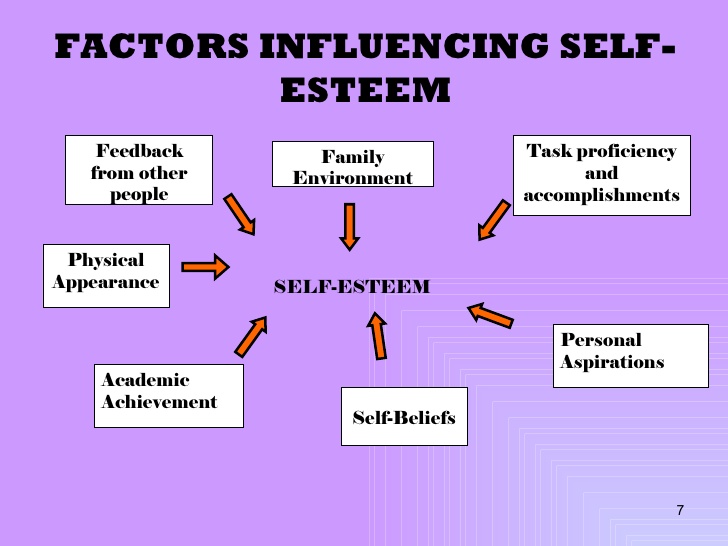
There is also a tendency towards a flattening of the base of the drops ( Chuang and Beard, 1990 Thurai et al., 2014). It is well known that raindrops undergo a change towards a more spheroidal morphology as they increase in size and attain higher fall velocity, due to aerodynamical and/or electro-static effects. raindrops and cloud droplets) have generally not been given the same attention. This endeavour is driven by the fact that ice particles found in nature have a high variability in morphology and consequently a strong variability in SSPs. snow, hail, ice crystals), as in recent years there has been a trend towards more sophisticated representations of ice particle SSP data ( Liu, 2008 Hong et al., 2009 Kuo et al., 2016 Ding et al., 2017 Eriksson et al., 2018). This is especially true for frozen hydrometeors (e.g.
Factors impacting raindrop shape software#
The need for more sophisticated SSP models has increased as sensors have become more accurate and sophisticated, and the amount of computing power available to retrieval algorithms and data assimilation software has increased. They describe how individual particles scatter, emit, and absorb the radiation that is measured by the sensor. Interpreting and utilizing such measurements require what is commonly denoted as single-scattering property (SSP) data. Measurements provided by satellite-borne passive microwave sensors are also an essential part of weather forecasting, as they provide a more global picture of the atmospheric state. Rain, snowfall, and clouds are of particular importance to meteorology and are typically measured by ground-based radars. atmospheric liquid or frozen water particles) are important components in virtually all applications involving microwave radiation in the atmosphere (microwave communications and remote sensing). Several instances of noticeable raindrop shape-induced effects could be identified.įor instance, it was found that the flattened base of equilibrium drops can lead to an enhancement in back-scattering at 94.1 GHz of 1.5 dBZ at 10 mm h −1, and passive simulations showed that shape-induced effects on measured brightness temperatures can be at least 1 K. Furthermore, the SSPs were employed in radiative transfer simulations of passive and active microwave rain observations, in order to investigate the impact of raindrop shape upon observations and to provide general guidelines on usage of the published database. The SSP data are published in an open-access repository in order to promote the usage of realistic microphysical assumptions in the microwave remote sensing community.



The shapes of the raindrops were calculated assuming an aerodynamic equilibrium model, resulting in drops with flattened bases. Single-scattering property (SSP) data of horizontally oriented raindrops were calculated using the T-matrix method at a large set of frequencies (34 in total). In an attempt to provide an overview on this topic, this study considered passive and active remote sensing simultaneously and a wider set of frequencies than in previous studies. Because previous studies generally only considered either passive or active measurements and a limited set of frequencies, there exist no general guidelines on how and when to consider such raindrop effects in scientific and meteorological remote sensing. This change can lead to significant effects in passive and active microwave remote sensing measurements, typically in the form of a polarization signal. Falling raindrops undergo a change in morphology as they grow in size and the fall speed increases.


 0 kommentar(er)
0 kommentar(er)
